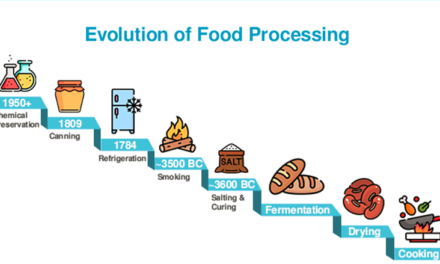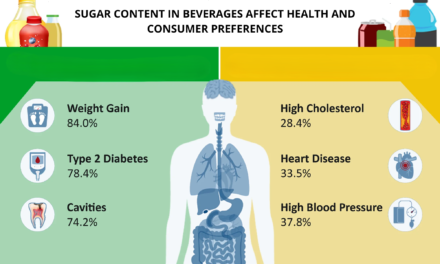The quality of raw materials has a significant impact on beverage production, influencing the final product’s taste, appearance, nutritional value, and safety. Here’s how raw material quality affects the production process:
1. Flavor and Taste
- Impact: High-quality raw materials, such as fresh fruits, vegetables, and grains, are essential for creating beverages with rich and natural flavors. Poor-quality ingredients, such as overripe or damaged fruits, can lead to off-flavors, bitterness, or a lack of sweetness, resulting in a less desirable product.
- Example: Fresh, high-quality oranges produce a sweeter, more aromatic orange juice compared to overripe or bruised fruits.
2. Nutritional Content
- Impact: The quality of raw materials directly affects the nutritional profile of the finished beverage. Fresh, well-grown produce contains more vitamins, minerals, and antioxidants, whereas lower-quality materials may have reduced nutritional value due to poor growing conditions or storage.
- Example: Organic fruits and vegetables are often higher in nutrients compared to conventionally grown ones, leading to healthier juices and smoothies.
3. Appearance and Color
- Impact: The appearance, color, and visual appeal of the final beverage are influenced by the raw material. High-quality raw materials yield vibrant, natural colors in beverages, while subpar ingredients can result in dull or unappealing hues.
- Example: Freshly pressed apple juice from high-quality apples will have a bright, clear appearance, whereas juice from poor-quality apples may appear cloudy or brownish.
4. Consistency and Texture
- Impact: The texture and mouthfeel of a beverage depend on the raw material’s composition. The quality of the raw materials determines the smoothness, viscosity, and overall consistency of the product. Imperfect raw materials can lead to inconsistencies in texture, such as excessive pulp or separation in juices and smoothies.
- Example: High-quality, ripe mangoes will produce a smooth and creamy texture in a beverage, while less ripe or damaged mangoes may result in a grainy or watery texture.
5. Yield and Efficiency
- Impact: High-quality raw materials generally provide a better yield, meaning that more usable product can be extracted from each ingredient. This affects the overall efficiency of the production process and can reduce waste.
- Example: Good-quality grapes used in wine production yield more juice with higher sugar content, which is essential for fermentation and the production of quality wine.
6. Shelf Life and Stability
- Impact: The quality of raw materials affects the shelf life and stability of the beverage. Fresh and high-quality ingredients help ensure the beverage remains stable during storage, while low-quality raw materials may lead to quicker spoilage, off-flavors, or separation in the product.
- Example: Fresh, high-quality lemon juice can maintain its freshness and flavor longer, while poorly stored or low-quality lemons may cause the juice to spoil quickly, impacting shelf life.
7. Safety and Contaminants
- Impact: Low-quality raw materials can introduce harmful bacteria, pesticides, or other contaminants into the beverage production process. This can affect the safety and quality of the final product, potentially leading to foodborne illnesses or regulatory issues.
- Example: Poorly handled or contaminated fruits can introduce pathogens, such as E. coli, which pose health risks, while high-quality, carefully grown and processed raw materials ensure better food safety.
8. Processing and Production Costs
- Impact: High-quality raw materials often result in more efficient processing, reducing waste and the need for extensive corrective measures during production. On the other hand, poor-quality raw materials may require additional processing or sorting, which can increase production costs.
- Example: Using high-quality barley for brewing beer can result in more consistent brewing, while using low-quality grains may require additional filtering and processing, increasing costs.
Raw material quality is crucial for producing beverages that meet consumer expectations for taste, nutritional value, safety, and consistency. Poor-quality raw materials can compromise the production process, resulting in subpar products, higher production costs, and shorter shelf life. Conversely, high-quality ingredients ensure a better final product and greater consumer satisfaction.









